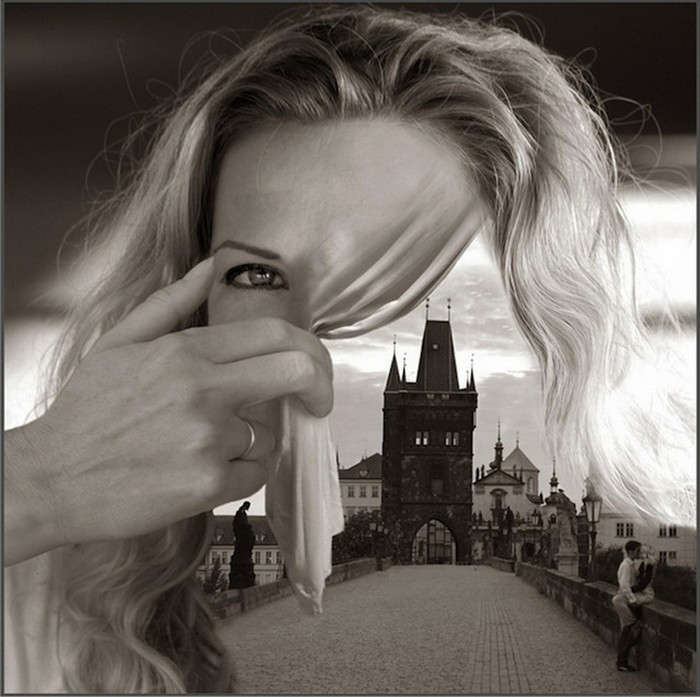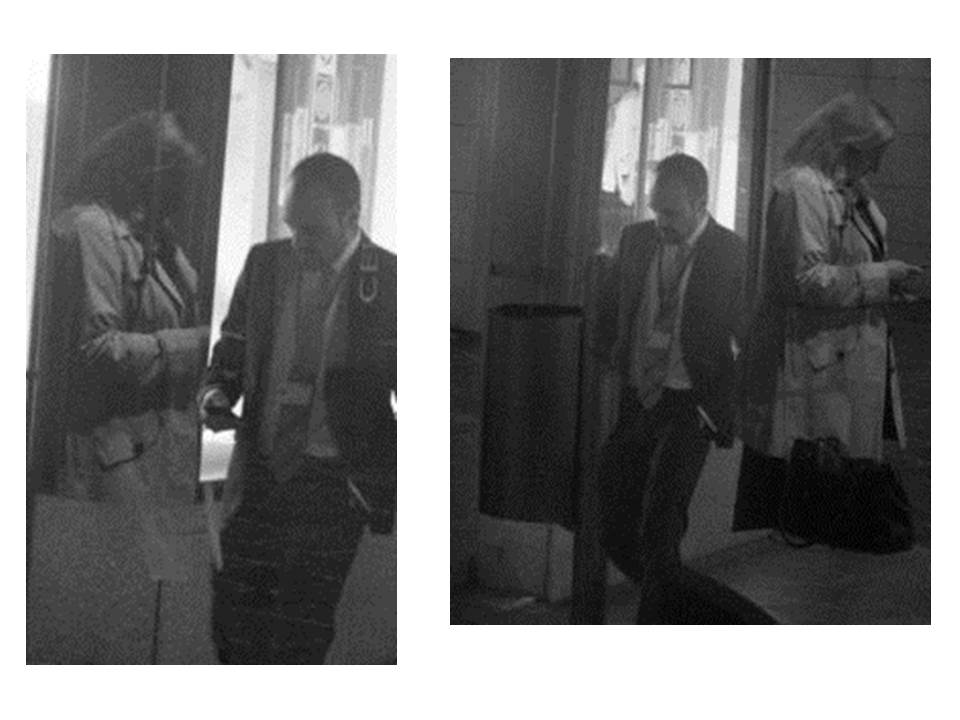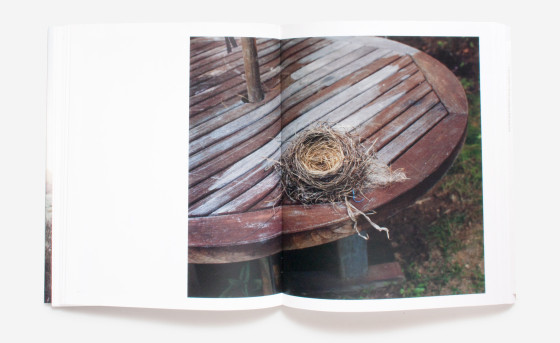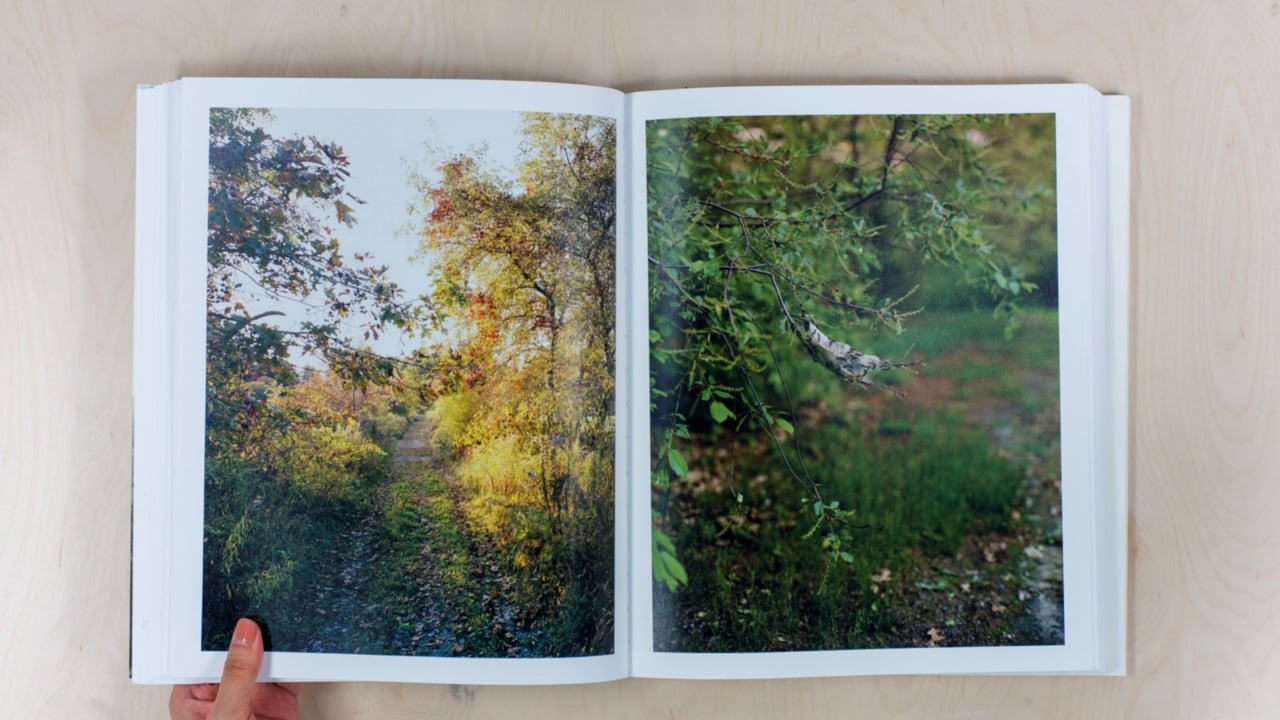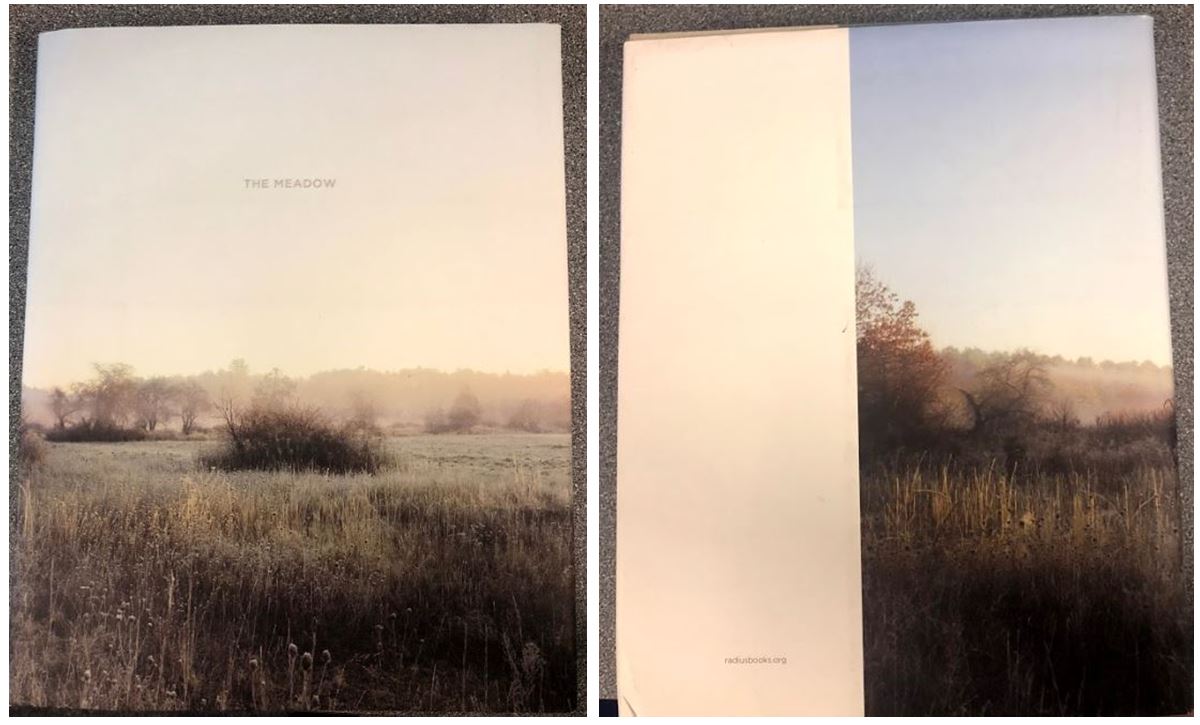Chrystel Lebas (b.1966, France) uses photography and moving image to explore and illuminate the often complex relationships between human beings and nature. Preferring to photograph during twilight hours, she exploits the magical effects of the particular dipped light to accentuate the “sublime” and draw attention to our place within the natural world.
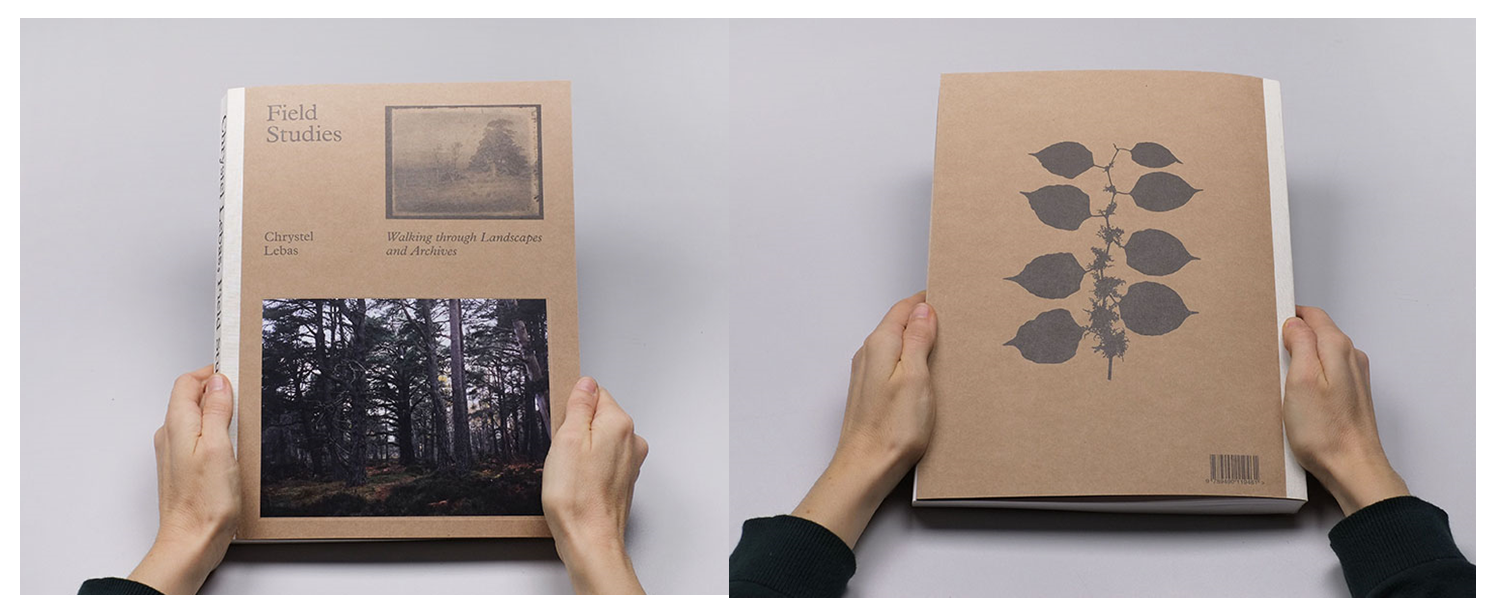
In 2011 the Natural History Museum London commissioned Chrystel Lebas to make new work inspired by a collection of anonymous glass negatives depicting the British landscape, from the beginning of the 20th century which was later revealed to be the photographer Edward James Salisbury. For Field Studies, Lebas literally followed in Salisbury’s footsteps, revisiting the landscapes he had photographed in the 1920s and 1930s and searching out the plants he had isolated and documented on light sensitive paper. The project engages with environmental change, particularly in the Scottish landscape and Norfolk, creating new understandings of the artistic and scientific gaze onto the natural environment and its representation. The film documenting the research was made by Sally Weale, and was produced by the Natural History Museum.
Link to ‘Re-visiting’ part of book: http://www.chrystellebas.com/Re-visiting/re-visiting.htm
“Walking, searching, GPS in hand, I attempted to find the exact locations where Salisbury stood when he took his photographs at the beginning of the 20th century. I was not so much concerned
with a literal comparison between the landscape as it was then and as it is now, but more with defining my own role and vision as an artist alongside that of the scientist Salisbury.
‘Re-visiting’ combines photographs, texts and moving image work that highlight complex issues in relationships between humans, plants, and environment in Salisbury’s time and now. ”
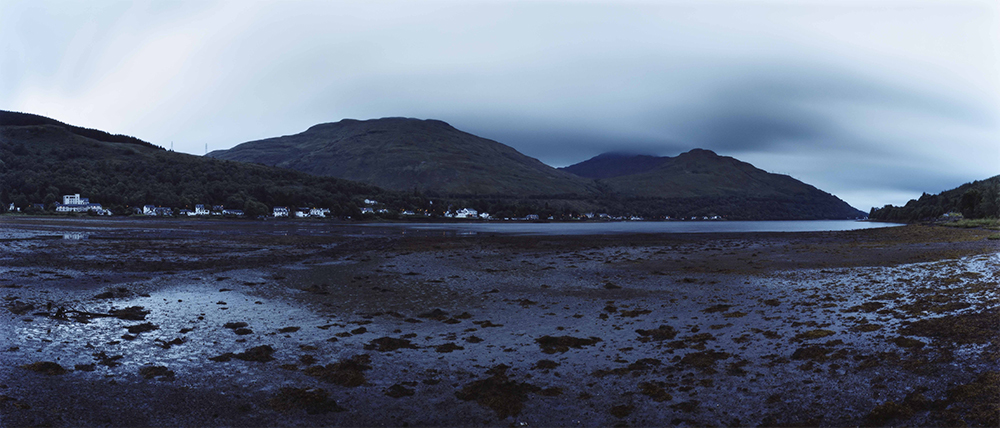
 Lebas’s beautifully printed, richly hued photographs are presented alongside Salisbury’s small black and white glass plate images. On her walks, Lebas was often accompanied by a contemporary botanical expert, which, she writes, enabled her to realise that “my remit was very different from Salisbury’s. He was a scientist disguised as a photographer. Was I becoming a photographer disguised as a scientist?” She uses a panoramic camera and often shoots at dusk when the light quality in these still, quiet places can be almost otherworldly.
Lebas’s beautifully printed, richly hued photographs are presented alongside Salisbury’s small black and white glass plate images. On her walks, Lebas was often accompanied by a contemporary botanical expert, which, she writes, enabled her to realise that “my remit was very different from Salisbury’s. He was a scientist disguised as a photographer. Was I becoming a photographer disguised as a scientist?” She uses a panoramic camera and often shoots at dusk when the light quality in these still, quiet places can be almost otherworldly.
She looked at how the landscape has changed over nearly ninety years. A complex quest as nothing is as simple as it first appears. She gathered evidence from Salisbury’s photographic records and his notes, local information, botanical sources and topographic evidence. Changes in the landscape can be caused by climate, humans and/or animals
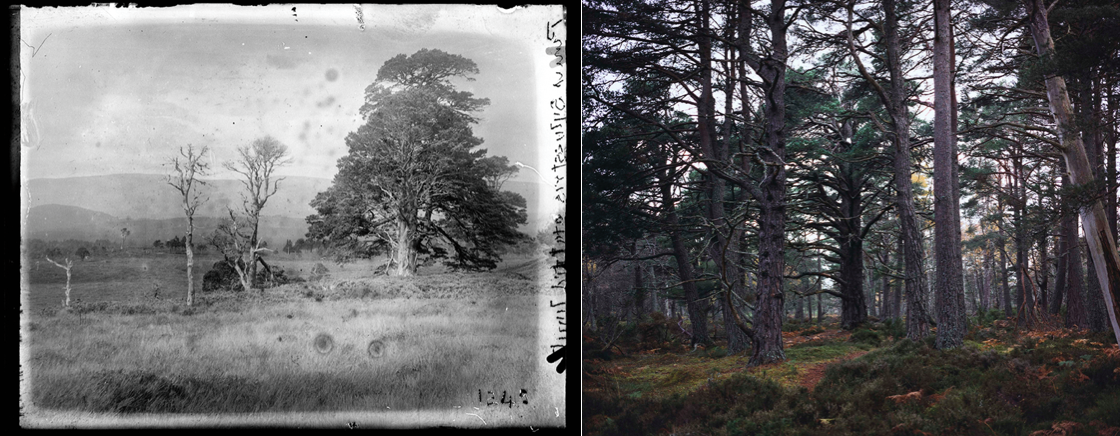
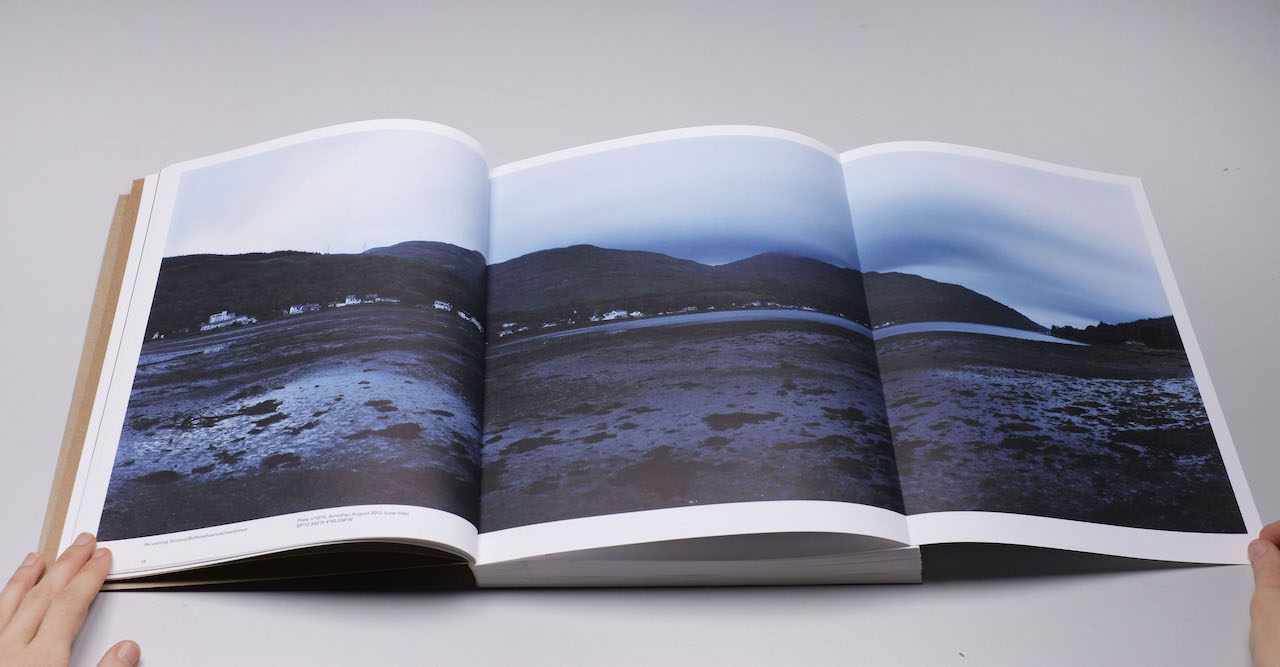
Plant Portraits or Weeds & Aliens Studies:
The book also culminates with a series of photograms – a picture produced on light-sensitive paper without using a camera – that pay homage to Salisbury’s earlier photographs of isolated species. Lebas manipulated the colour filtration on her enlarger to “change the way the plant emanates from the paper’s surface”. These photographs are part of her ‘Plant Portraits or Weeds & Aliens Studies’ taking inspiration from Edward Salisbury book ‘Weeds and Aliens’.

 “Drawing from Salisbury’s approach to documenting species by uprooting them and placing them directly onto paper or a sheet of fabric to photograph them, I placed each plant directly onto colour photographic paper in the darkroom under the enlarger light. Progressively changing the cyan, magenta or yellow filtration on the enlarger, each colour changes the way the plant emanates from the paper’s surface.
“Drawing from Salisbury’s approach to documenting species by uprooting them and placing them directly onto paper or a sheet of fabric to photograph them, I placed each plant directly onto colour photographic paper in the darkroom under the enlarger light. Progressively changing the cyan, magenta or yellow filtration on the enlarger, each colour changes the way the plant emanates from the paper’s surface.
The scientific aim of the project was to study the impact of environmental change over the ninety-year period, as seen between the original works by Salisbury and Lebas’s contemporary study. Lebas as an artist was drawn to work on this for her own reasons including an opportunity to develop themes and interests explored in earlier work.
“So much of our perspective on nature and the landscape is mediated through art and increasingly photography, that it is easy to forget how constructed and controlled photographs are, with just as much authorship as a painted scene.” –https://thephotographersgallery.org.uk/sites/default/files/CHRYSTEL%20LEBAS%20DOWNLOAD.compressed.pdf
‘We can in fact only define a weed, mutatis mutandis, in terms of the well-known definition of dirt as matter out of place. What we call a weed is in fact merely a plant growing where we do not want it.’ Edward James Salisbury (1935), The Living Garden
Link to ‘Plant Portraits or Weeds & Aliens Studies’:
http://www.chrystellebas.com/weeds%20and%20aliens/weeds%20and%20aliens.htm









